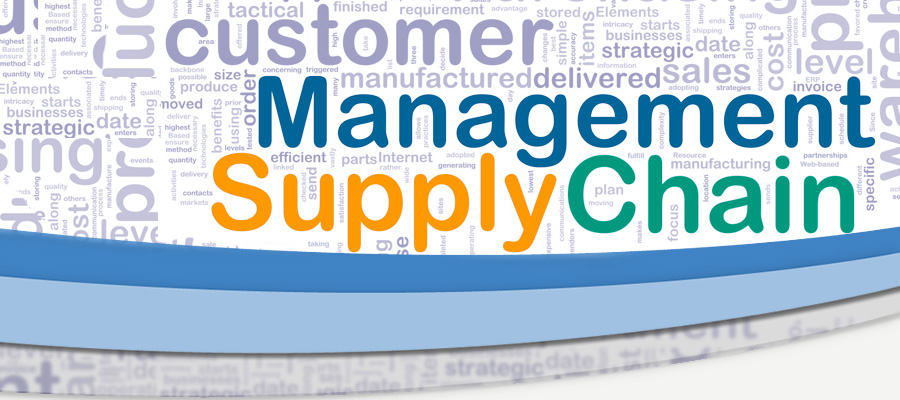
- Taking the guess-work out of forecast planning:
To avoid the financial risks associated with planning errors, supply chain leaders and manufacturers should consider building an “insight-based” demand planning process, which brings together analytical tools and data with key human inputs across various functions. This “next generation” demand management approach will allow supply chain operations to evolve and scale with the ever growing volatility and uncertainty of today’s markets.
http://blog.kinaxis.com/2015/02/what-if-you-could-take-the-guesswork-out-of-forecast-planning/
- Vanguard named leader in supply chain strategy:
The link is a press release with all the standard trimmings…
http://www.prnewswire.com/news-releases/pwc-named-vanguard-leader-in-supply-chain-strategy–planning-300031396.html - McDonald’s and the challenges of a modern supply chain:
The trouble is bad reputations aren’t lost that easily. A generation of cynical middle-class customers have already decided that McDonald’s is a tarnished brand. Supply-chain transparency is that kind of challenge: It’s rarely the top thing on consumers’ minds, but it is an issue that sticks in the imagination. And when newer, less tarnished players like Chipotle arrive, consumers can tacitly exercise the prejudices and cross the street. The lesson for other firms: If you have problems in your supply chain, don’t let the critics get there first.
https://hbr.org/2015/02/mcdonalds-and-the-challenges-of-a-modern-supply-chain
- Shell is leveraging supply chain to reduce costs:
Van Beurden said the company was taking a prudent approach and would be careful not to overreact to the recent fall in oil prices. “There are cost reduction programmes in place across Shell, looking not only at our own costs, but also in the supply chain,” he said. “These programmes are balanced against the different strategic activities in the company, we’re not chasing costs for costs’ sake, and we are careful to make sure none of this compromises safety.
http://www.supplymanagement.com/news/2015/shell-drills-into-supply-chain-to-slash-costs
- 4 issues original equipment manufacturers need to consider in 2015:
Collaboration in the cloud will enable logistics companies to work seamlessly together. In particular, smaller players will feel the benefit. Soon, the barriers to entry will get even lower. “Fourth party logistics providers (4PLs) as overall organizers are able to orchestrate the total supply chain,” said Farrell. “When you combine what you can do in the cloud with 4PL, you get to the point where you can combine multiple supply chain networks to get overall better service.”
http://www.ebnonline.com/author.asp?section_id=3219&doc_id=276526&itc=ebnonline_gnews
- The problem is not the problem. The problem is your attitude about the problem…
For example, one of the greatest challenges in supply chain management is to get beyond a focus on cost reduction as opposed to revenue generation. If you are a supply chain executive, you struggle to have that discussion with the rest of the executive team. One retailer I know took a different approach to describing their metrics to get their point across.
- The core components of supply chain management:
I like to read these summary general summary posts due to the “tell me what I don’t know” factor. But something else jumped out at me when I read this article… Does this feel like the work that we do (or should be doing)?
http://www.ebnonline.com/author.asp?section_id=3742&doc_id=276501 - Procurement needs to innovate:
For procurement to better contribute to institutional effectiveness, then, it needs to innovate. Promoting innovation in procurement means processes that are transparent and efficient, and that facilitate equal access and open competition. Innovative solutions to public service needs are instrumental to delivering better services with long-term value for money.
- 2015: the year of hyper-transparency in global business
Many of the core benefits of increased transparency become apparent when its absence is considered. How can you address problems with your goods if you don’t know who is supplying you? How can you prioritise your activities if you aren’t collecting data on how you interact with your customers and suppliers? How can you mitigate risk if you don’t understand what your risks actually are? And how can you encourage trust and transparency within your own supply chain if it transpires that your own processes don’t support your suppliers.
http://www.theguardian.com/sustainable-business/2015/feb/02/2015-hyper-transparency-global-business

